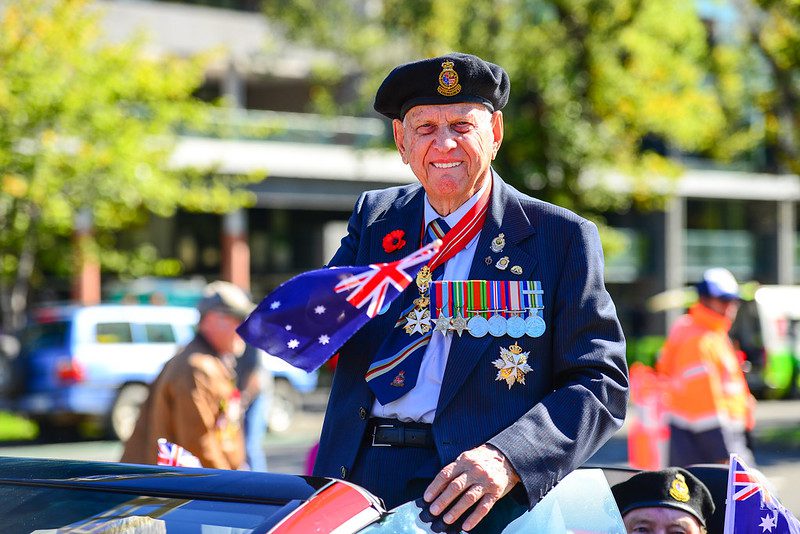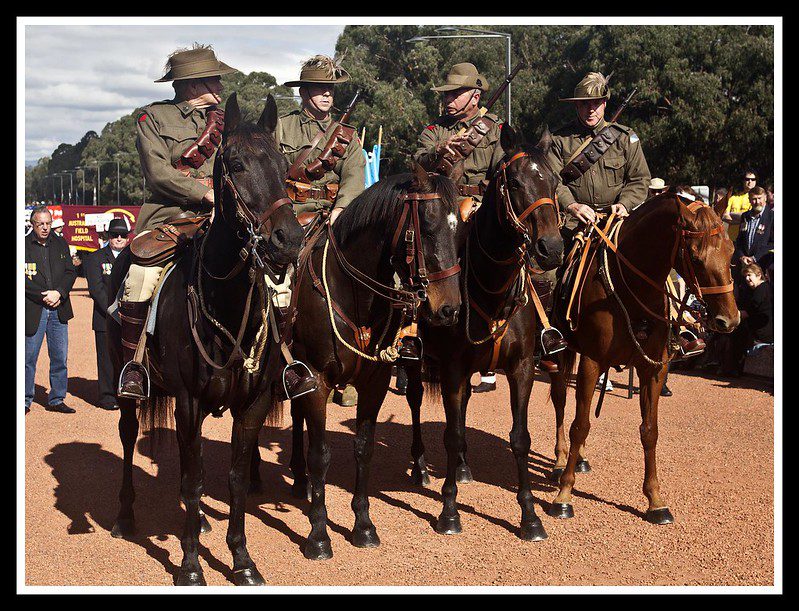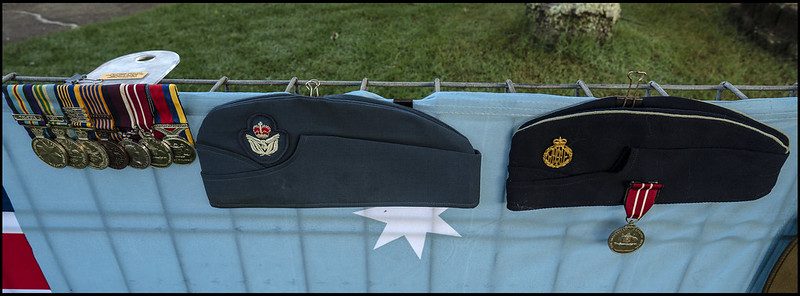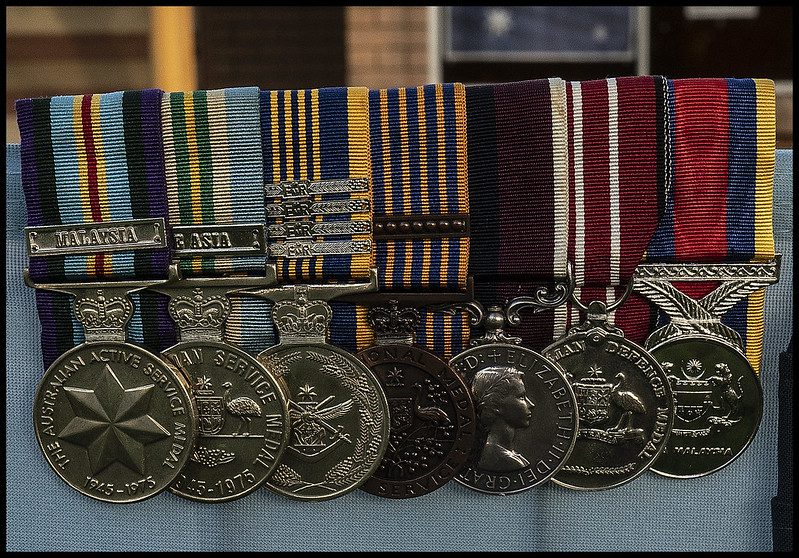 As we approach another Anzac Day Commemoration, it is essential to delve into the rich history and traditions that define this solemn day. This blog post aims to provide our readers with an in-depth understanding of the origins, symbols, and modern-day observances associated with Anzac Day.
As we approach another Anzac Day Commemoration, it is essential to delve into the rich history and traditions that define this solemn day. This blog post aims to provide our readers with an in-depth understanding of the origins, symbols, and modern-day observances associated with Anzac Day.
To gain a greater understanding of Anzac Day, this section will look into the historical background surrounding its origins and the importance of Gallipoli in World War I. We will discuss how this battle helped shape the Anzac legend and strengthen the bonds between Australia and New Zealand.
Moving on to symbols and emblems commonly associated with Anzac Day Commemoration, we will examine the meaning behind red poppies as a symbol of sacrifice, as well as rosemary flowers for remembrance.
Lastly, our discussion will touch upon contemporary ways in which people commemorate this important event through dawn services across both countries and traditional ANZAC biscuit recipes passed down through generations.
The History of Anzac Day
Anzac Day is a day of remembrance for the Australian and New Zealand soldiers who fought in World War I, particularly at Gallipoli. In 1916, Anzac Day was first commemorated in remembrance of the ANZACs’ landing at Gallipoli a year prior. Over 10,000 ANZACs died during this brutal eight-month campaign against Ottoman Turkish forces.
The Ottoman Empire
The Ottoman Empire was a powerful state that existed from 1299 to 1923. During World War I, the Ottoman Empire joined forces with Germany and Austria-Hungary against the Allied Powers. This led to their involvement in the Gallipoli Campaign.

The Gallipoli Peninsula
The Gallipoli Peninsula is located in Turkey and was strategically important during World War I due to its location between Europe and Asia. The Allies attempted to capture it from the Ottoman Empire but were unsuccessful after months of fighting.
The Anzac Legend
One of the most significant events that occurred during the campaign was on April 25th, 1915, when the Australian and New Zealand Army Corps (ANZAC) landed at what is now known as Anzac Cove. This event has become known as Anzac Day, which is commemorated annually on April 25th.
Dawn Services
Many Australians and New Zealanders attend dawn services on Anzac Day to remember those who served their country during times of war or conflict. These services typically involve readings, hymns, wreath-laying ceremonies, and a minute’s silence at dawn.
In conclusion, Anzac Day is a significant day of remembrance for Australians and New Zealanders. It commemorates the bravery and sacrifice of those who served their countries during times of war or conflict, particularly during the Gallipoli Campaign of World War I.

Origins of Anzac Day
The idea to commemorate the sacrifices made by these brave men originated from an Australian journalist named Charles Bean. He was present during the battle and witnessed firsthand their courage under fire.
On April 25th, 1916, the first official Anzac Day was celebrated with ceremonies in Australia and New Zealand as well as London, where King George V attended a service at Westminster Abbey.
Today, April 25th, remains a significant date for both countries to remember those who have served in all wars and conflicts involving their armed forces. In fact, it is considered one of Australia’s most important national occasions, alongside Remembrance Day, which honors fallen soldiers from all wars.
The Significance of Gallipoli
- Gallipoli Campaign: This military operation aimed to capture Constantinople (now Istanbul), thereby securing access to Black Sea ports for Allied navies while also knocking Turkey out of World War I.
- Tough conditions: Soldiers faced extreme weather conditions such as heat, cold, and torrential rain. Soldiers endured a scarcity of nourishment and hydration in the challenging atmosphere.
- Legacy: The Gallipoli campaign ultimately ended in failure for the Allies, but it remains a defining moment in Australian and New Zealand history. It is seen as an example of courage, endurance, mateship, and sacrifice that has shaped national identities ever since.
You can learn more about the Gallipoli Campaign by visiting the Australian War Memorial website.
Anzac Day is a reminder to all Australians of the sacrifices made by our servicemen and women in times of war, serving as an enduring symbol of remembrance for those who gave their lives in service. It serves as an important symbol for remembrance, honouring those who have given their lives in service to their country.
Symbols and emblems such as the red poppy flower are also used on this day to commemorate these heroes and serve as reminders of the courage they displayed during difficult times.
Key Takeaway:
Anzac Day is a day of remembrance for the Australian and New Zealand soldiers who fought in World War I, particularly at Gallipoli. Anzac Day is remembered to honour the ANZACs (Australian and New Zealand Army Corps) who first made landfall at Gallipoli in 1915, with observances taking place since then. The Allied defeat at Gallipoli has come to symbolize a shared heritage of courage and sacrifice between Australia and New Zealand.
Symbols and Emblems of Anzac Day
Anzac Day is a time to remember the sacrifices made by Australian and New Zealand soldiers during World War I. To help us honor their bravery, there are several important symbols associated with this day of remembrance. These include the red poppy, which represents memory and bloodshed, as well as rosemary flowers that symbolize remembrance.

The Red Poppy as a Symbol of Sacrifice
One of the most iconic symbols related to Anzac Day is the red poppy. This flower has been used since 1921 to commemorate military personnel who have died in the war. The red color signifies both bloodshed and love for one’s country. Poppies were among the first plants to grow on battlefields after World War I, particularly in Flanders Fields, where many ANZAC troops fought. Today, people wear red poppies or lay them down at memorials during Anzac Day dawn services.
Rosemary Flowers for Remembrance
In addition to red poppies, rosemary flowers also hold significant meaning on Anzac Day due to their connection with remembrance. Rosemary grows wild on the Gallipoli Peninsula, where thousands of ANZAC soldiers lost their lives fighting against Turkish Ottoman forces during WWI. It is believed that wearing sprigs of rosemary can help evoke memories of those who served our country so bravely.
- Red Poppies: Represent memory and bloodshed, worn or laid down at memorials during Anzac Day dawn services.
- Rosemary Flowers: Symbolize remembrance and are connected to the Gallipoli Peninsula, where many ANZAC soldiers fought and died.
By using these symbols in our Anzac Day commemorations, we guarantee that the courage and dedication of Aussie and Kiwi troops in WWI will remain forever remembered. Whether you choose to wear a red poppy or place rosemary flowers on a memorial, these simple acts serve as powerful reminders of the bravery exhibited by those who served their countries so selflessly.

The red poppy and rosemary flowers are powerful symbols of Anzac Day, representing the ultimate sacrifice made by those who fought for our freedom. Today we commemorate these brave individuals through traditional dawn services across Australia and New Zealand, as well as baking ANZAC biscuits in their honour.
Key Takeaway:
On Anzac Day, we honour the courage and selflessness of Australian and New Zealand servicemen in WWI. The red poppy symbolizes memory and bloodshed, while rosemary flowers represent remembrance, both of which are significant symbols associated with Anzac Day commemorations. By incorporating these symbols into our ceremonies, we can ensure that the bravery exhibited by those who served their countries will never be forgotten.
Commemorating Anzac Day Today
In today’s world, the commemoration of Anzac Day has evolved to include various activities that pay tribute to the brave soldiers who fought for their countries. The sacrifices of those who fought and gave their lives are remembered and honored in these commemorative activities.
Dawn Services across Australia and New Zealand
One significant tradition observed on Anzac Day is the dawn service, which takes place at war memorials in both Australia and New Zealand. This solemn ceremony begins before sunrise, symbolizing the darkness experienced by soldiers before they faced battle. As dawn breaks, attendees gather around memorials in silence while listening to readings and speeches reflecting on the bravery and sacrifice of ANZACs throughout history.
- Sydney: The largest dawn service in Australia takes place at Martin Place Cenotaph.
- Melbourne: Thousands attend the Shrine of Remembrance for an emotional ceremony each year.
- Auckland: Auckland War Memorial Museum hosts one of New Zealand’s most prominent services.
- Wellington: Pukeahu National War Memorial Park serves as a gathering point for locals honoring their heroes.

Traditional ANZAC Biscuit Recipes
Besides attending ceremonies, many people commemorate Anzac Day by baking traditional ANZAC biscuits. These delicious treats were initially made by women on the home front and sent to soldiers overseas.
Ingredients for the traditional ANZAC biscuit, like oats, sugar, flour, coconut, buttery goodness (treacle/molasses), and baking soda (bicarbonate of soda), were chosen due to their longevity and ability to resist spoilage.
Today’s ANZAC biscuit recipes have remained mostly unchanged from their original versions. Baking these iconic cookies is a popular way for families across Australia and New Zealand to remember the sacrifices made by those who served during wartime while also enjoying a tasty treat that connects them with history.
To honor Anzac Day this year, consider attending a local dawn service or baking some traditional ANZAC biscuits at home. Joining millions of others, one can show respect for the courage and dedication of those who served by participating in activities related to Anzac Day.
Key Takeaway:
On Anzac Day, different activities are conducted to honour the courageous men and women who have served their nations in battle. The dawn service, held at war memorials in Australia and New Zealand, is a significant tradition where attendees gather around memorials in silence while listening to readings and speeches reflecting on the bravery and sacrifice of ANZACs throughout history. Additionally, many people commemorate Anzac Day by baking traditional ANZAC biscuits which were initially made by women on the home front and sent to soldiers overseas.
FAQs Concerning Anzac Day Commemoration
What happens at an Anzac Day commemoration?
Anzac Day commemorations typically include dawn services, parades, and memorial ceremonies to honor the sacrifices of Australian and New Zealand soldiers. The day begins with a solemn dawn service, followed by marches involving veterans, military personnel, and descendants of those who served. Wreaths are laid at memorials, and moments of silence are observed to remember fallen heroes.
Should Anzac Day be commemorated?
Yes, Anzac Day should be commemorated as it serves as a reminder of the sacrifices made by Australian and New Zealand soldiers during wars and conflicts. It is important for future generations to understand their nation’s history while honoring those who fought for freedom. Commemorating Anzac Day also fosters unity between Australia and New Zealand through shared experiences.

How has the commemoration of Anzac Day changed over time?
Over time, the focus on World War I in Anzac Day commemorations has broadened to encompass all conflicts involving Australia or New Zealand since 1915. Additionally, public interest in attending dawn services has increased significantly since the late 20th century due to growing awareness about war veterans’ contributions.
Why is it important to commemorate Anzac Day for kids?
Commemorating Anzac Day helps children learn about their country’s history while instilling values such as courage, resilience, sacrifice, and mateship. It also encourages them to appreciate the freedoms they enjoy today and understand the importance of peace. Involving kids in Anzac Day events can foster a sense of national pride and respect for those who have served.
Conclusion
Overall, Anzac Day is a significant day of remembrance for both Australia and New Zealand. On Anzac Day, we remember the valour and sacrifice of those who served in World War I, particularly at Gallipoli. The red poppy and rosemary flowers serve as symbols of remembrance for those who lost their lives during wartime.
Dawn services across both countries are held to honor these soldiers, while traditional ANZAC biscuit recipes are shared among families and friends. As people, we can also pay our respects by visiting war memorials or participating in conservation efforts that protect areas like the Gallipoli Peninsula.
If you want to learn more about Anzac Day Commemoration or get involved with projects related to conservation efforts around historic sites like Gallipoli Peninsula, visit the ANZAC Day Commemoration Committee.































































